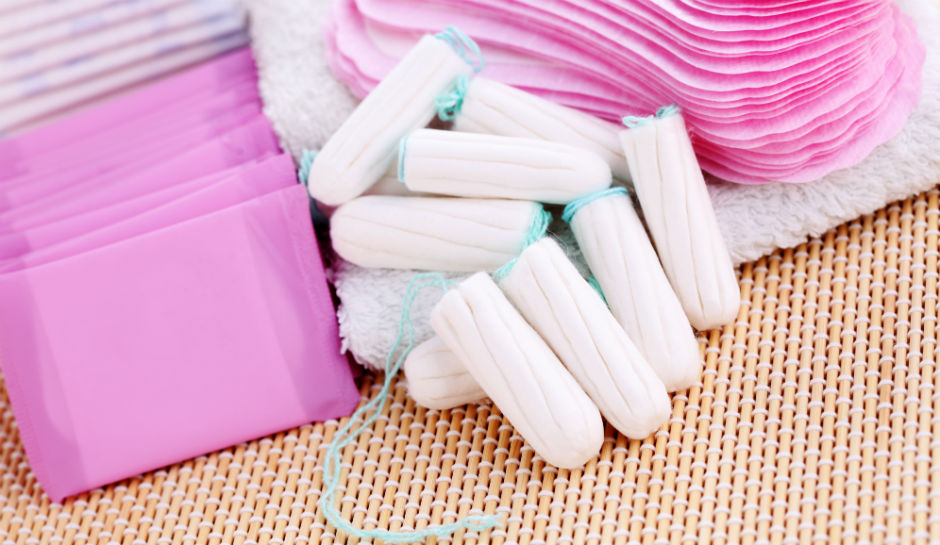Are These Prevention Strategies Effective?
Have you ever questioned why we follow certain health guidelines without thinking twice? Have you wondered about the effectiveness of all the preventive actions we subconsciously every day take to fight diseases? Today, most people are hardwired to take daily health precautions they’ve been taught to prevent them from contracting some sort of illness. These health rituals or habits were introduced to us at an early age as rules that would keep bacteria and viruses at bay. After taking these rules as facts and practicing them over time, their effectiveness becomes undoubted and performing these rituals becomes an instinctive part of our day-to-day lives. We receive health tips for prevention and sanitation from multitudes of sources that are sometimes contradictory, so how are we to know which strategies are truly effective and which ones simply provide peace of mind. Here are some common rituals many of us practice without second-guessing.
Sandals in Public Shower
Tinea pedis, more commonly known as athlete’s foot, is a skin infection on the feet caused by fungi that occurs primarily between the toes. It is most commonly contracted in showers and locker rooms because fungi require damp and humid conditions (such as shower floors) to survive. You can pick up the fungus when your bare foot is exposed to a surface that someone with the fungus has already come in contact with.
Studies have shown that 1 in 5 people are currently experiencing the symptoms and that 70 to 80% of the population will develop athlete’s foot or some type of foot fungus at some point in their lives.
Bottom Line: The best way to avoid fungal foot infections is to always wear sandals in communal showers and in other places other bare feet have touched.
Toilet Seat Covers (“Potty Protectors”)
A common misconception about toilets is that one can get an STD by sitting on an unprotected seat after an infected person has used it. STDs can only be transmitted through the exchange of bodily fluids (like blood, semen, or saliva), and even if there was any bodily fluid left from a previous user, it would be virtually impossible for it to enter your system. In addition, most disease-causing bacteria and viruses can only live for a short time outside of the body. Therefore, they cannot usually survive on the surface of a seat. Because of both of these, there have been no reported cases of STD infections passed on by contaminated toilet seats.
Bottom Line: The almost transparent liner provides little protection, but even so, bacteria can’t live very long outside the body, so it is very unlikely to contract a disease from a toilet.
Covering Your Sneeze/Cough with the Inside of Your Elbow
The average sneeze sends out roughly 100,000 germs traveling at about 100 miles per hour and can reach distances up to 150 feet away. While it is clear that covering your sneeze is a great way to prevent the spread of germs, it is important how we cover our sneeze. Because we use our hands for everything from eating to opening doors to shaking hands, it’s very easy to pass along germs when we use our hands to cover our sneezes. Our attempts to prevent our germs from spreading are in vain when we sneeze into our hands, because we’ll literally be handing our germs out. A simple solution is to sneeze into something that won’t come into direct contact with another person or a surface they might come in contact with (e.g. your elbow).
Bottom Line: Sneezing into something that doesn’t come into contact with another person, such as an elbow, decreases the spread of germs and viruses. It is important to wash your hands often because you likely contact surfaces that have been touched by someone who sneezed or coughed into their hands.
Using Paper Towels to Open Doors
Similar to the previous habit, using alternatives ways to open doors and push buttons is something else we do to avoid picking up germs in public. Bacteria can be measured by levels of ATP: levels reaching higher than 100 practically spell out infection. Door knobs and handles, especially those of bathroom doors, are some of the biggest germ carriers. 75% of sink faucet handles contain ATP of more than 300. Buttons on elevators, vending machines, and crosswalk signals are big bacterial harbors, with 21% containing counts of 300.
Bottom Line: Avoid touching doorknobs, buttons, and other commonly used public surfaces directly with your hands. Use your elbow or a paper towel when possible, and keep hand sanitizer handy in the event that you must use your hands. Be sure to properly wash your hands before eating or rubbing your eyes.
Article by Elizabeth Lopez
Feature Image Source: Health and Wellness Circle
























